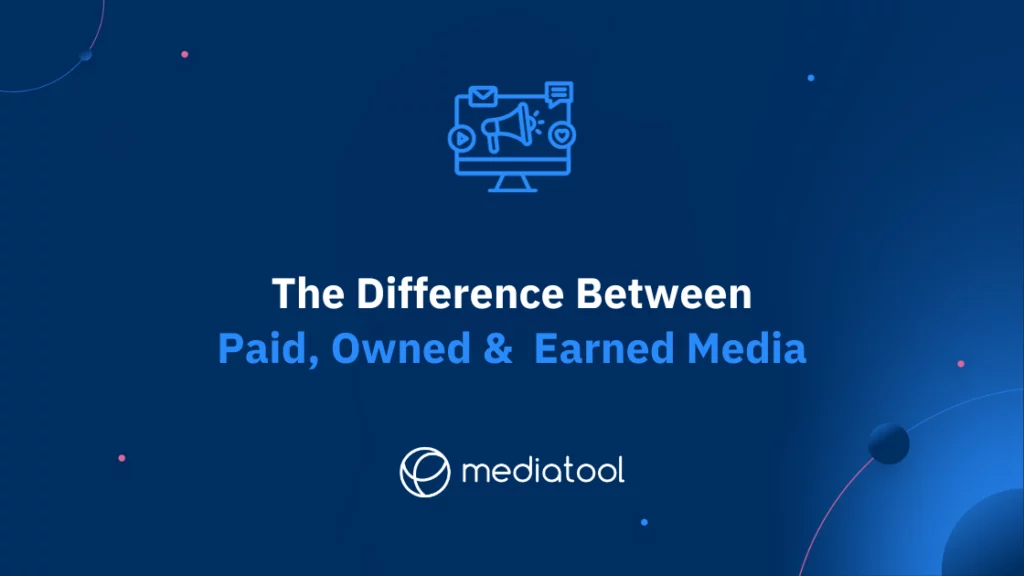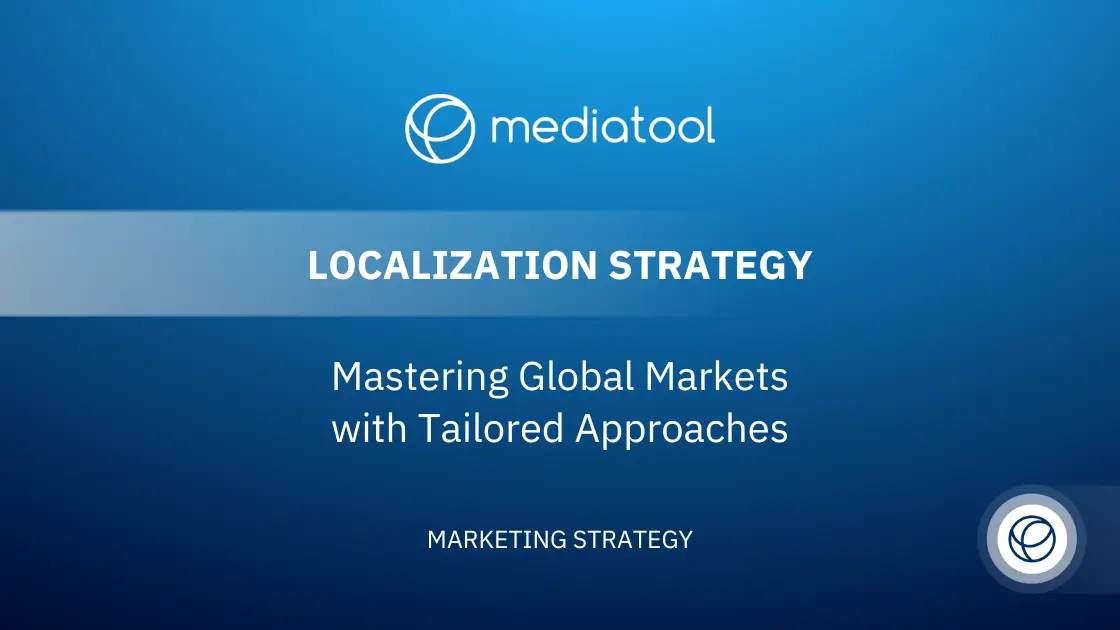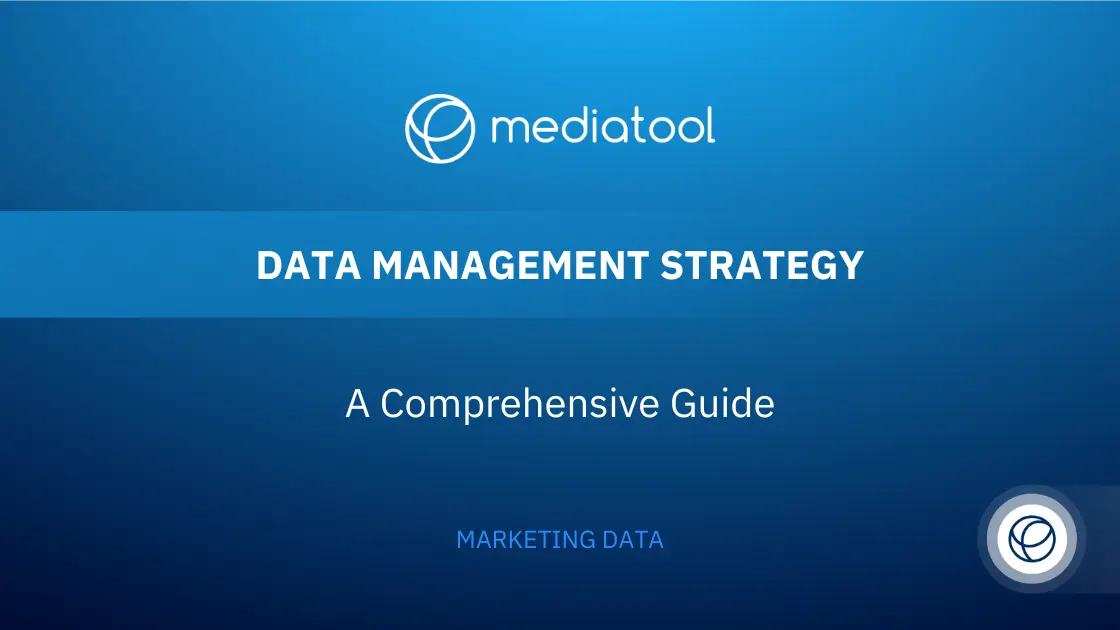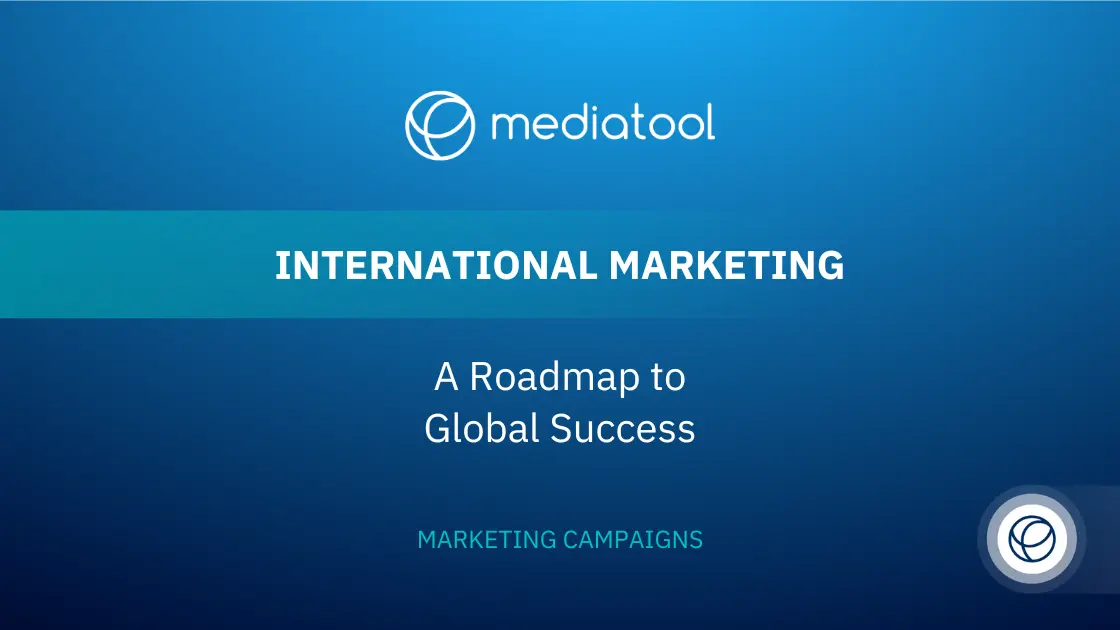Knowing the difference between paid, owned and earned media can help you deliver more cohesive marketing campaigns that engage and convert more customers.
The trio of earned, owned, and paid media forms a foundational triangle in the world of marketing, each playing a distinct role in a holistic marketing strategy.
Historically, paid media, such as TV, radio, and print ads, has been at the forefront. However, the explosive growth of digital marketing has shifted the spotlight towards earned and owned media, through channels like SEO, SEM, and various social media platforms.
Understanding the differences and roles of earned, owned, and paid media is important for creating a winning digital marketing strategy.
Let’s take a look at each in a bit more detail.
Earned Media
This digital equivalent of word-of-mouth, also known as shared media, is the recognition you gain via online channels. It includes the interactions on social media posts, blog articles, and the consequent likes, comments, shares, reviews, and mentions. An example of successful earned media is the combination of organic traffic to your website and a robust presence on social media platforms, enhancing brand awareness and directing potential customers to your offerings.
Owned Media
This refers to digital assets you control, such as your company’s website, mobile apps, and social media accounts. These elements are your brand’s digital face, offering numerous opportunities to boost brand visibility and engage with more potential customers. A strong owned media strategy ensures you maintain complete control over your content and messaging.
Paid Media
This encompasses all marketing efforts for which you pay, aiming to generate interest, leads, and conversions. In the digital world, this includes social media advertising and pay-per-click (PPC) campaigns. In contrast, offline paid media might involve purchasing traditional advertising spaces like TV spots, OOH, and direct mail.
Paid media is effective in initiating marketing campaigns and amplifying brand exposure. Utilizing various paid media channels, such as display advertising, PPC, and social media ads, can drive traffic towards owned media properties, potentially increasing conversions and amplifying earned media.
What is paid media useful for?
It’s great at kick-starting a marketing campaign and generating exposure. Social media advertising, for example, is highly effective at reaching your target audience, boosting your content, and attracting website visitors.
You can use clever combinations of paid media—like OOH, PPC, remarketing, and retargeting—to drive potential customers towards your owned media (like your website), generate earned media and increase conversions.

The Digital Transformation of Media Channels
Emergence of Digital Platforms in Paid Media
The landscape of paid media has been dramatically reshaped with the rise of digital platforms, leading to a significant shift from traditional advertising methods like TV, radio, and print ads.
This new era is characterized by innovative formats such as video ads, sophisticated display advertising, and targeted social media ads.
The introduction of native advertising and pay-per-click models on digital platforms has revolutionized how businesses approach paid media, allowing for more precise targeting and real-time measurement of advertising effectiveness.
This shift has been a game-changer in terms of reaching the target audience more effectively and efficiently, making digital channels essential components of any comprehensive media strategy.
Expansion of Owned Media into Digital Realms
In the digital era, owned media has expanded its scope significantly, moving beyond traditional forms like brochures and physical store presences to encompass a wide range of digital assets.
Websites, mobile apps, and social media channels have become crucial owned media properties, allowing brands complete control over their content and messaging. This expansion has led to an emphasis on content creation and the maintenance of active, engaging social media accounts as part of a robust owned media strategy.
The ability to directly communicate with audiences through these owned channels has transformed how companies build brand loyalty and engage with their customers, making owned media a pivotal aspect of digital marketing strategies.
Evolution of Earned Media in the Digital Era
The concept of earned media has evolved in the digital age, moving away from traditional word-of-mouth and press releases to a more dynamic presence in the digital world.
Today, earned media thrives on social media mentions, shares, and interactions on platforms like Facebook, X (Twitter), and Instagram.
It also includes organic traffic driven by search engine optimization (SEO) strategies and the viral spread of content through blog articles and social media posts.
This shift highlights the increasing importance of earned media in building brand reputation and awareness. Successful marketers now focus on strategies that encourage social media engagement and create shareable content, leveraging the power of digital platforms to amplify their message and reach wider audiences organically.
How earned, owned, and paid media shape your marketing strategy
Synergizing Earned, Owned, and Paid Media for Strategic Campaign Management
Grasping the nuances of earned, owned, and paid media, and their collaborative dynamics, is fundamental in crafting and fine-tuning your marketing strategy. By creatively combining these media types, you can more effectively connect with your target audience.
It’s about selecting the right mix of media channels that align with your brand’s identity and orchestrating a campaign where paid, owned, and earned media mutually reinforce each other, advancing towards your marketing objectives.
Integrating Multiple Media Forms for a Multichannel Approach
A key aspect of a digital marketing strategy is identifying opportunities where different media types can converge to deliver a robust multichannel marketing campaign.
For instance, you might utilize a paid media strategy, like PPC advertising, to drive traffic to your owned media properties such as your website.
Concurrently, you can deploy an organic social media marketing campaign across various social media channels, leveraging earned media through user engagement—likes, shares, comments, and mentions. This approach not only increases brand awareness but also fosters deeper audience engagement.
Optimizing Media Types for Comprehensive Marketing Reach
Each media type offers unique advantages. Paid media, including social media ads and display advertising, is excellent for initiating exposure and reaching a broad audience swiftly.
Owned media, encompassing digital assets like your website, blog posts, and social media accounts, gives you complete control over your brand narrative and content creation.
Earned media, achieved through effective social media marketing and content marketing, builds credibility and organic traffic through word-of-mouth and social media mentions.
The strategic combination of these media types can elevate your marketing efforts, ensuring a comprehensive reach and resonance with your target audience in the digital world.
Are you measuring your earned, owned, and paid media?
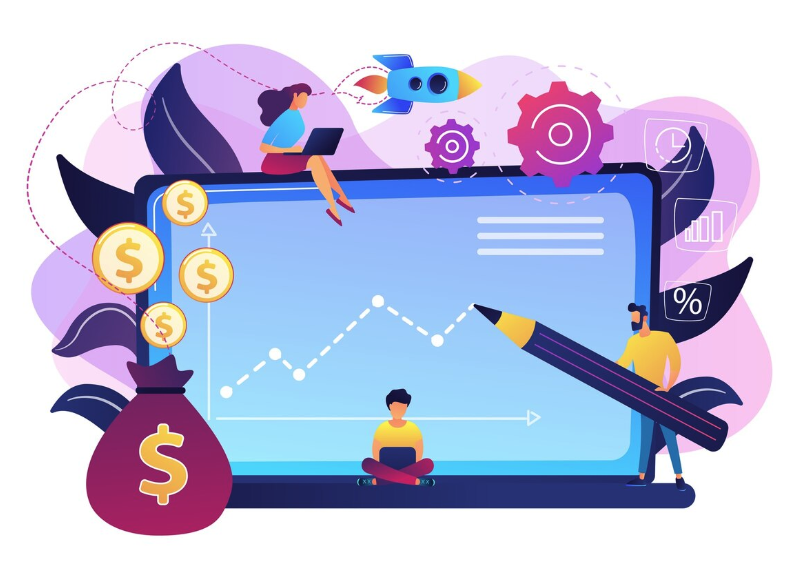
Strategic Planning for Media Measurement
The journey of evaluating your marketing’s success starts right from the campaign planning phase. It’s critical to establish clear and achievable goals and objectives before embarking on media buying.
These targets provide a benchmark for assessing progress mid-campaign.
They also serve to unite your team and form the basis of briefs for agencies or partners.
Pre-Campaign Metrics and Media Integration
Prior to launching your campaign, it’s essential to identify which metrics will be most informative for each type of media – earned, owned, and paid – and across your various media channels, including social media platforms and paid media channels. Consider how these metrics will interact and what insights they can offer.
For example, the impact of your earned media, such as social media mentions and organic traffic, could be significantly influenced by your paid media strategies, like display advertising and targeting on social media ads.
Ongoing Measurement and Optimization
Once your campaign is live, the focus shifts to continual measurement and adjustment to maximize the efficacy of your media mix. Regularly revisiting your initial goals allows for mid-campaign optimizations tailored to enhance performance.
You might find it beneficial to reallocate resources from paid to earned media, for instance, based on the performance data. This ongoing analysis not only justifies but also empowers confident decision-making in adjusting your strategy.
Measuring the interplay between different media types, from social media marketing efforts to content creation on owned media properties, helps in fine-tuning your comprehensive media strategy for maximum impact.
The Crucial Role of Analytics in Media Strategies
Measuring Paid Media Effectiveness
In the realm of paid media, analytics tools are indispensable for evaluating the effectiveness and cost-efficiency of campaigns. They track key performance indicators such as cost per thousand impressions, click-through rates, and conversion rates.
These metrics allow marketers to assess the return on investment (ROI) of paid media channels, including social media advertising, display advertising, and traditional advertising.
Advanced analytics can also provide insights into audience behavior and preferences, enabling marketers to refine their paid media strategies and optimize spending for better targeting and engagement.
Analytics in Owned Media Strategy
Analytics in owned media strategy provide a comprehensive understanding of how audiences interact with a brand’s owned properties like websites, social media accounts, and mobile apps.
Metrics such as page views, time spent on site, and engagement rates on blog posts and social media posts are crucial for evaluating the effectiveness of content creation and overall media marketing efforts.
These insights help in optimizing owned media strategy, ensuring content resonates with the target audience and drives desired actions, such as increased organic traffic or direct engagement with the brand’s web property.
Understanding Earned Media through Analytics
Analytics are fundamental in understanding the impact and reach of earned media. They help track organic reach, social media mentions, shares, and overall engagement, providing insights into how earned media contributes to brand reputation and awareness.
By analyzing data from social media platforms, review sites, and other digital channels, marketers can gauge the effectiveness of their earned media strategy. This includes understanding the influence of word-of-mouth marketing, the impact of press releases, and the effectiveness of shared media in driving brand conversation and engagement.
This data is invaluable in adjusting marketing strategies to amplify positive earned media and mitigate any negative exposure.
Anticipating Future Trends in Media Strategy
AI and Machine Learning in Media Strategy
In the future, AI and machine learning are poised to significantly influence media strategy, particularly in the realms of paid ads. These technologies will enable more targeted and personalized advertising, making it possible to tailor messages to individual preferences and behaviors.
AI-driven analytics will offer deeper insights into consumer behavior, optimizing media spending and enhancing campaign effectiveness. This will be particularly influential in digital marketing strategies, where data-driven decisions can lead to more successful marketing efforts and higher ROI.
The Rise of Immersive Technologies

Virtual Reality (VR) and Augmented Reality (AR) are set to transform brand engagement strategies, especially within owned and earned media.
These technologies will allow brands to create more engaging and interactive experiences, fostering deeper connections with their target audience. For instance, VR can be used to create immersive product demonstrations or virtual tours of physical spaces, enhancing the impact of owned content.
AR, on the other hand, can bring a new dimension to social media marketing, allowing for unique and engaging social media posts and campaigns.
Evolution of Social Media Platforms
The continuous evolution of social media platforms will open up new avenues for both organic engagement and paid advertising.
These platforms are expected to introduce more sophisticated tools for content creation, audience targeting, and performance measurement, making them an integral part of a comprehensive media strategy. The rise of new platforms and the evolution of existing ones will provide fresh opportunities for brands to engage with their audiences through both paid and owned media channels.
Data Privacy and Ethical Marketing
As digital space becomes more crowded, the importance of data privacy and ethical marketing practices will grow. Brands will need to navigate the complexities of consumer data usage while respecting privacy concerns. This will require a balance in media marketing strategies, ensuring compliance with data protection laws and ethical standards.
The focus will be on building trust through transparent and respectful use of earned media, owned media properties, and paid media channels, aligning marketing strategies with consumer values and expectations.
Use a digital media hub to manage your budget and make better campaign decisions
Multichannel marketing with several media vehicles across large teams can mean a lot of spinning plates. One of the best ways to keep track of your campaign’s progress, goals, and budget is to use a central media planning hub. When selecting a media planning tool, give thought to how it caters to earned, owned, and paid media and—more importantly—how it allows you to combine and analyze your campaign data to make decision making easier and improve performance.
With the right media planning hub (like Mediatool!) you can monitor each of your media channels in granular detail and zoom right out to see how your overall campaign is performing, all in the same dashboard. Plus, if you’re an agency, having a media productivity tool can really help you plan, measure, and optimize all your clients’ marketing campaigns in one convenient place.
